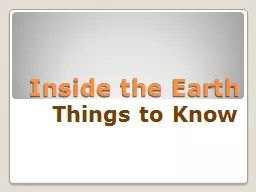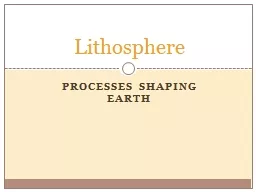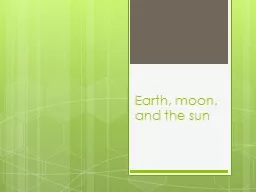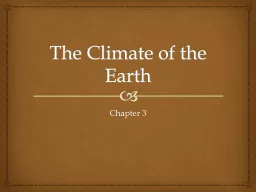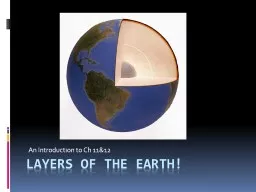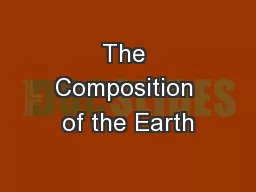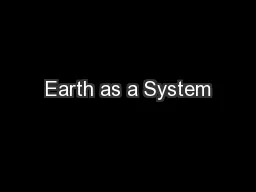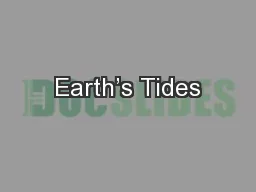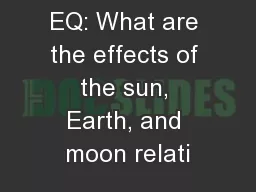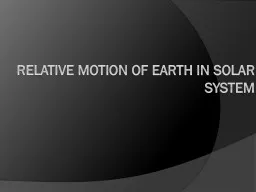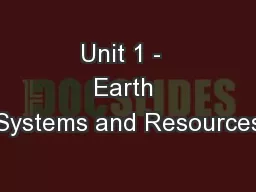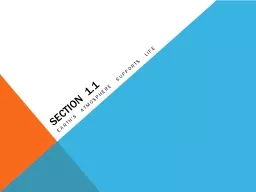PPT-Inside the Earth
Author : alexa-scheidler | Published Date : 2016-03-09
Things to Know What do the layers of the Earth look like Check the following terms and definitions to see if they are in your journal Layers of the Earth Inner core
Presentation Embed Code
Download Presentation
Download Presentation The PPT/PDF document "Inside the Earth" is the property of its rightful owner. Permission is granted to download and print the materials on this website for personal, non-commercial use only, and to display it on your personal computer provided you do not modify the materials and that you retain all copyright notices contained in the materials. By downloading content from our website, you accept the terms of this agreement.
Inside the Earth: Transcript
Download Rules Of Document
"Inside the Earth"The content belongs to its owner. You may download and print it for personal use, without modification, and keep all copyright notices. By downloading, you agree to these terms.
Related Documents

